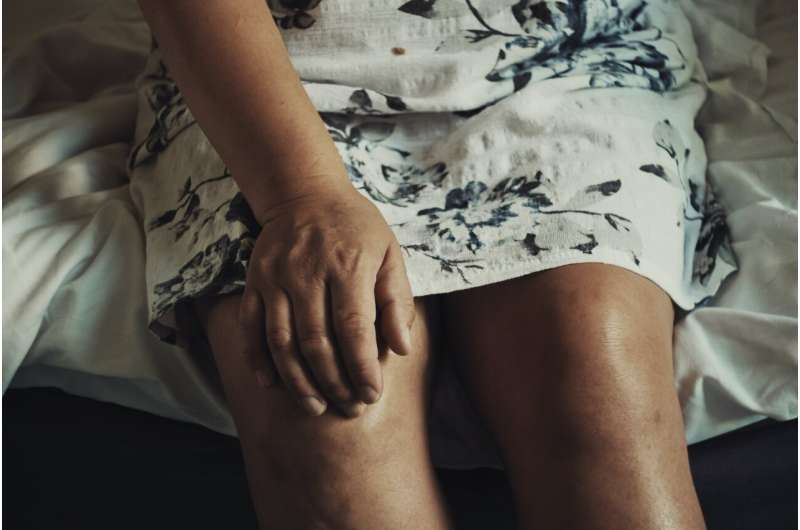
A recent study, “Effect of Marital Status on Outcomes Following Total Joint Arthroplasty,” looked at contributing factors toward the best and safest environment for a patient to recuperate following total knee arthroplasty (TKA) or total hip arthroplasty (THA). The study, presented at the 2021 Annual Meeting of the American Academy of Orthopaedic Surgeons (AAOS), found that, overall, married patients or those with a live-in partner experienced shorter surgical times, shorter lengths of stay (LOS) in the hospital, fewer post-operative emergency department (ED) visits, lower readmission rates and, in some cases, better patient-reported outcome measures (PROMs) than those who weren’t married or lived alone.
“As orthopaedic surgeons, we help restore our patients’ mobility and strive to help our patients recuperate in an optimal environment,” said lead researcher Ran Schwarzkopf, MD, MSc, associate chief, Division of Adult Reconstruction at NYU Langone Orthopedic Hospital. “My patient population is based in New York City and, given our urban setting, there are factors to consider such as non-elevator or walkup buildings. It’s not uncommon for me to have a TKA or THA patient who lives alone on the fourth floor. Having to go up and down stairs during recovery can be a major challenge for patients—even if they don’t reside in an urban area.”
As director of the Adult Reconstruction Research Center at NYU Langone Orthopedic Hospital, Dr. Schwarzkopf is continually looking at factors that impact patients’ recovery in order to address and mitigate obstacles, as well as optimize outcomes. One area of interest is access to physical and psychosocial (mental, emotional, social, and spiritual) support for patients following total joint arthroplasty—specifically, if a patient is married or has a live-in partner to provide a sense of safety and comfort when recuperating at home after surgery.
Dr. Schwarzkopf and his team conducted a retrospective review of patients who underwent primary THA (2,146 patients) or TKA (1,242 patients) from 2016-2020 with available PROMs and separated the patients into two groups based on whether they were married at the time of their procedure. In the THA cohort, 1,311 (61%) patients were married and 835 (39%) were non-married. In the TKA cohort, there were 689 (55%) married patients and 553 (45%) non-married patients.
Additional factors, such as demographics (age; gender; BMI; race; smoking status; and American Society of Anesthesiologists [ASA] class, a classification of a patient’s comorbidities), clinical data (surgical time; LOS; all-cause ED visits; 90-day all-cause readmissions; 90-day all-cause revisions; and discharge disposition), and PROMs were collected at various time periods.
The findings of the study include:
- Married patients had significantly shorter surgical time (88.5 vs. 93.8 minutes) and ED visits (1.5% vs. 3.8%) for THA but not for TKA.
- In both THA and TKA cohorts, married patients:
- Had a shorter LOS (THA: 1.4 vs. 2.0 days; TKA: 2.0 vs. 2.5 days)
- Had lower rates of 90-day all-cause readmissions (THA: 2.4% vs. 5.1%; TKA: 2.5% vs. 4.2%)
- Were more likely to be discharged home (THA: 97.9% vs. 91.1%; TKA: 94.3% vs. 89.7%) rather than to a rehabilitation center or nursing home.
Source: Read Full Article
